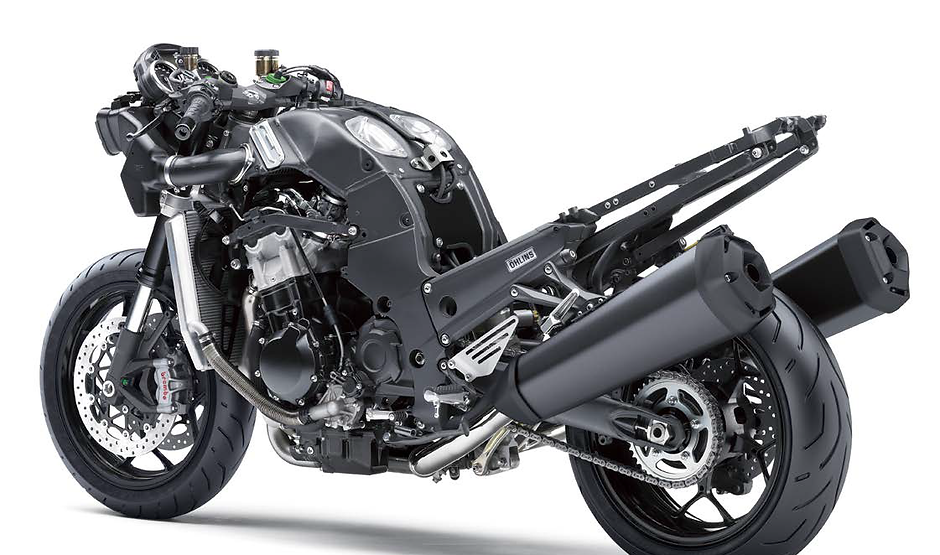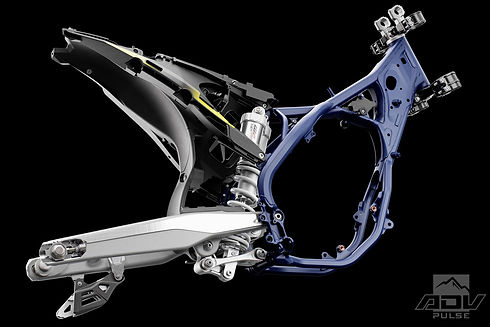
MOTORCYCLE CHASSIS - TYPES AND ADVANTAGES
July 20, 2020
Motorcycle frames come in a variety of materials and shapes, based on the budgetary and performance-related limits of the end product. In this article, we will discuss all major types of motorcycle frames, while also understanding their respective advantages and disadvantages.
A motorcycle’s chassis or frame forms its skeleton. All the components of a motorcycle, like the suspension, wheels, fuel tank, seats, handlebars etc., are attached to this base structure which lends a motorcycle its strength and ability to handle well.
Motorcycle frames come in a variety of materials and shapes, based on the budgetary and performance-related limits of the end product. In this article, we will discuss all major types of motorcycle frames, while also understanding their respective advantages and disadvantages.
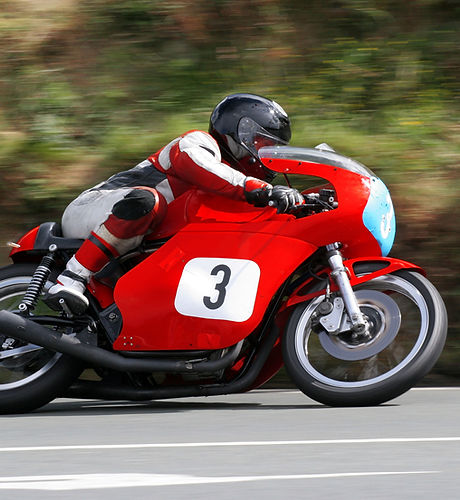
MOTORCYCLE CHASSIS- WHAT IS IT MADE OF
What forms a very important aspect of a motorcycle frame’s cost and its capability is the material that it’s made of. Traditionally, and even today, for budget-oriented motorcycles, frames are made of steel tubes, and are bent or welded together to suit a specific chassis requirement. While steel is cost-effective, reasonably strong and very suitable for motorcycles with low to moderate performance requirements, modern motorcycles require their chassis to be stiffer, more lightweight and look better than what traditional steel tubes could offer. Modern motorcycles, thus, make use of materials such as aluminum and alloys to achieve the target.
Now, while aluminum and some alloys can take care of the performance-related requirements of most of the mainstream motorcycles, there are special, high-performance sports bikes which require even lighter and stiffer materials. For such applications, motorcycle frames are made of exotic, expensive materials such as carbon-fiber, magnesium and titanium.

STEEL
Steel: The most commonly used metal in almost any manufacturing industry. Steel, for a long time, has been proven to withstand large number of loads acting on it and can change its core properties by adding other elements during its production. It is inexpensive, easy to weld and is durable. It found use on motorbikes for a very long time and is still being used to design motorcycle frames.
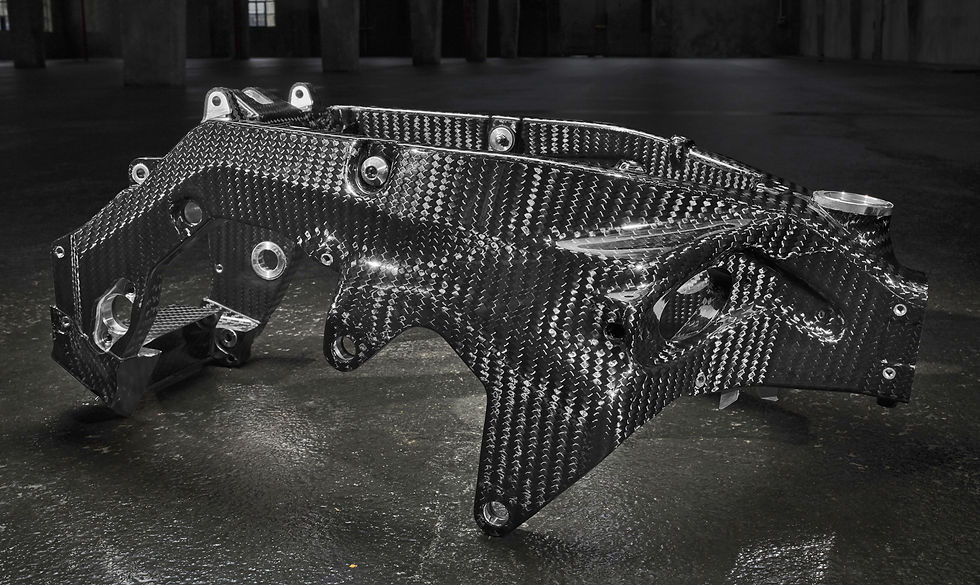
CARBON FIBRE
Carbon Fibre: The Japanese started using this material to produce some of their products in aerospace and sports equipment. Carbon fiber acts as a reinforcing material, its structural properties are far better than that of metals and is also resistant to heat. However, carbon fiber is really expensive to manufacture and since it acts as the main element in high-end motorcycles it evidently acts as a catalyst in pricing.

TITANIUM
Titanium: Another exotic metal that found use as a highly resistant metal, resistant to high temperature, large tensile strength, low density and is ductile. Its main advantage is the high strength-to-weight ratio that enables it as a material that finds use in aerospace, automotive and marine industry. Not many motorcycles employ Titanium on their frames due to its high cost and the difficulty to add welds.
ALUMINUM AND MAGNESIUM
Aluminum: Another element that is used widely and even in day-to-day lives. Aluminum is cheap, it's cheap, it is light but strong and lasts quite a long time. Since aluminum offers a better weight-to-rigidity ratio, aluminum is preferred nowadays over steel even though steel offers better strength.
Magnesium: A lightweight metal that is rarely found on most road-going bikes. It finds use mostly on race-specific bikes that need to shed a lot of its weight and also emphasize on strength and rigidity.
MOTOGP AND TRACK ONLY BIKES
Modern production techniques also make use of composites made of these materials, as well as newer materials which are even more expensive. While such expensive materials do have a great role to play in enhancing the performance of extreme racing machines, like the ones that race in MotoGP, their use, to a large extent is limited in mainstream street bikes. For most of the motorcycles bought and ridden by common riders, aluminum or alloy chassis are more than sufficient.
MOTORCYCLE CHASSIS BY CONSTRUCTION
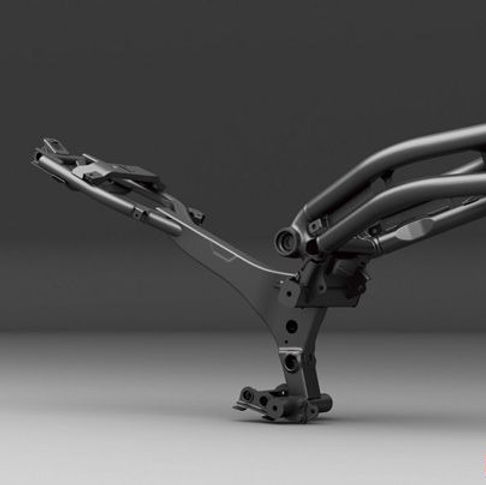
BACKBONE FRAME
This one is one of the most basic and cost-effective varieties of motorcycle frames. As the name suggests, this one is like a spine, and to put things in perspective, not a full-fledged skeleton to hold different components of the bike in place. The amount of steel used is lesser as compared to other frame types, and that makes the construction of this variety of frames very cost effective. The engine is bolted on to the backbone frame, and it usually hangs off it – not cradled, or participating as a stressed member. While backbone frame is economical to produce – it doesn’t have very good strength or torsional rigidity. It’s suitable for low-cost economical motorcycles, propelled by a low capacity engine.
SINGLE CRADLE FRAME
Single cradle frames are also often referred to as single downtube frames. Whether it’s a cradle type frame or not is ascertained by whether the engine on the motorcycle is a stressed member or not. Another very basic, simple and cost-effective frame type – this one resembles the frame of a bicycle. In concept, if you have a motorcycle that utilizes a solidly built bicycle’s frame, it would look very similar to this chassis. It comprises steel tubes of various diameters and strength ratings welded together to form a structure that holds together the various components of a motorcycle.
In some cases, the engine acts as a member of a chassis and bears the stress, in some other cases, it doesn’t.

DOUBLE CRADLE FRAME
While a single cradle frame has one steel tube going down to support the engine, a double cradle frame has two tubes going down to cradle it. A double-cradle or double-downtube chassis has a significant advantage over its single downtube counterparts in terms of strength and rigidity, though they don’t cost very high as compared to single cradle frames. While this variety of frames are used in abundance in are well suited to offer strength and rigidity in a cost-conscious market, they are still not the best suited for performance and are a rather old design.
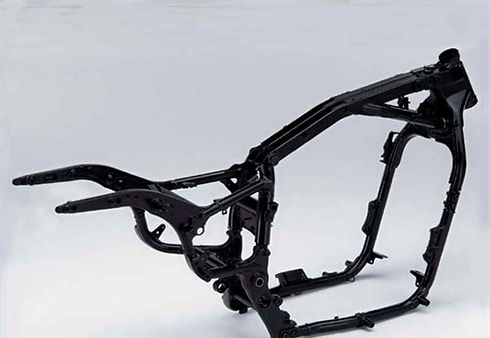
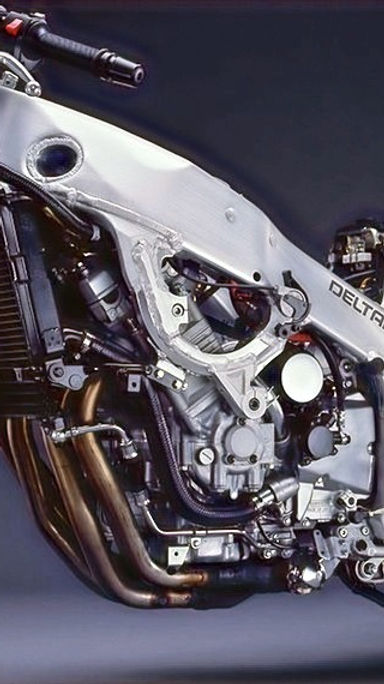
PERIMETER FRAME
When it comes to one of the most commonly used frame types among performance sports bikes, the perimeter frame, also known as Twin Spar frame has to be one of the most popular choices. This frame type is based on research from motorcycle racing that suggests that a bike’s rigidity is improved significantly if you join its steering head to the swing-arm in the shortest distance possible. Of course, the beams which join the steering head with the swing-arm have to be adequately stiff, and the lighter they are, without compromising stiffness, the better!
The two beams or the twin spars after which the frame is named surround the engine as they reach out for the swing-arm pivot. The popularity of this frame type and its success with a whole bunch of iconic sports bikes is testimony to its suitability for high-performance motorcycle applications.

TRELLIS FRAME
The Trellis frame is similar in its basic concept to the perimeter frame. Despite its simplicity, it’s very effective and is the frame of choice for a whole bunch of bike makers. This frame’s primary objective, is similarly to connect the steering head with the swing-arm as directly as possible. Unlike the perimeter frame which utilizes aluminum beams, trellis frame uses a bunch of short sized steel or aluminum tubes welded together to form a trellis-like structure.
So, while the concept remains the same, trellis frame, in most cases manages to ace the perimeter frame in terms of rigidity, and light construction. Another great advantage of trellis frame is that it’s relatively much simpler to create, and doesn’t require heavy machinery for its construction.
MONOCOQUE FRAME
Monocoque frames are typically used in cars – they’re built in highly robotized, capital-intensive plants, and are generally more expensive to make unless you have an enormous economy of scale. However, for certain extreme motorcycles, the entire skeletal structure is finished as a single, super-stiff piece of metal, and is termed as a monocoque frame. Such frames are not very commonly seen, are used only for machines which have extreme power, and demand an uncompromising torsional rigidity along with lightweight construction. Some hyperbikes, which also double up as tourers make use of this variety of frames. Apart from their complex construction and a high degree of precision, such frames also very often make use of exotic materials such as carbon-fiber and magnesium and thus, are very expensive as compared to other popular frame types.
